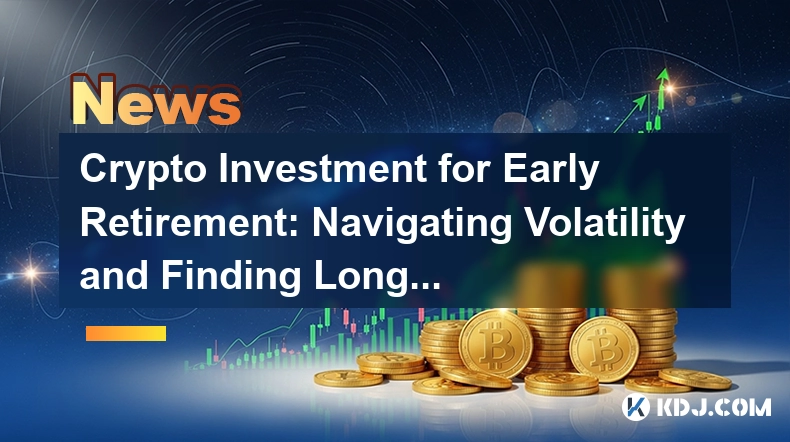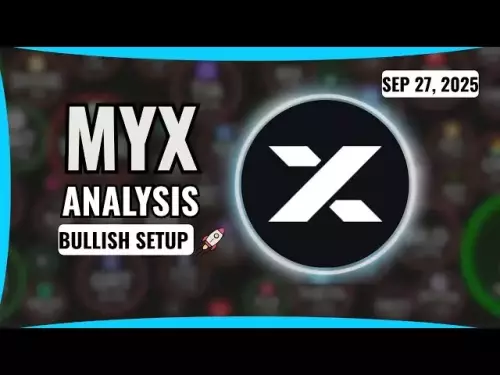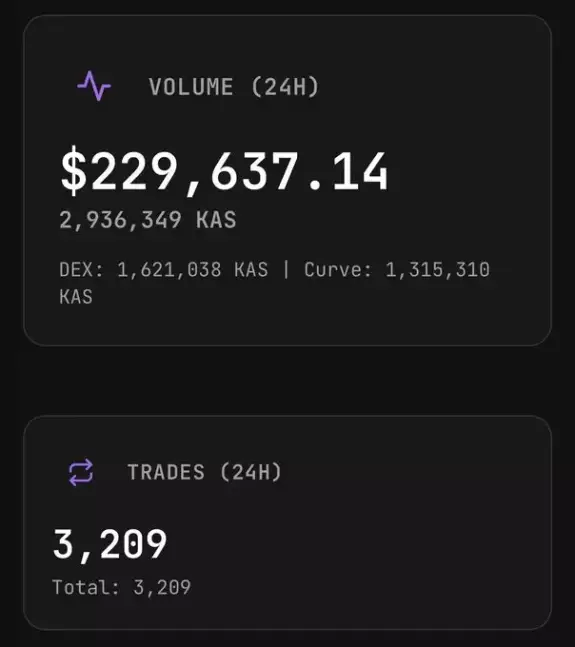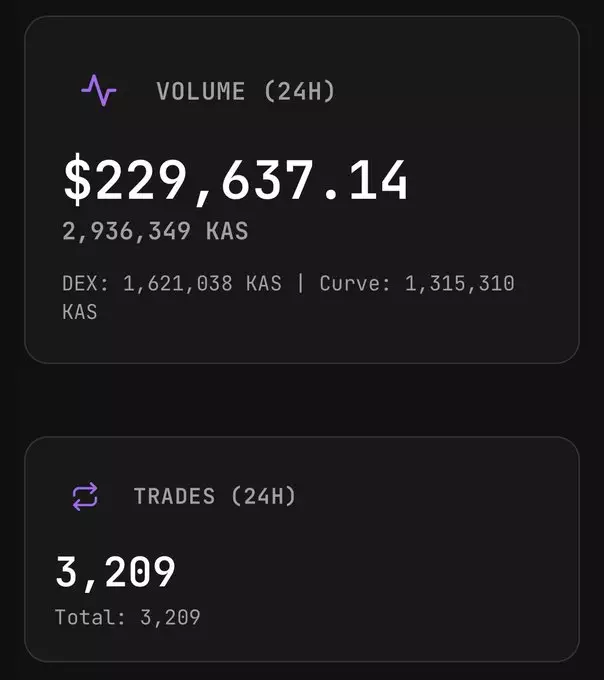All-time High
All-time Low
Volume(24h)
50.46M
Turnover rate
2.43%
Market Cap
2.078B
FDV
2.2B
Circulating supply
26.74B
Total supply
26.74B
Max supply
28.7B
Website
Explorers
Currency Calculator
{{conversion_one_currency}}
{{conversion_two_currency}}
| Exchange | Pairs | Price | Volume (24h) | Volume % | Confidence | Liquidity Score | Earn |
|---|---|---|---|---|---|---|---|
| {{val.marketPair}} | {{val.price}} | {{val.volume24h}} | {{val.volumePercent}} | Low Moderate High | {{val.effectiveLiquidity}} | Buy / Sell | |
Community sentiment

26%
74%


Bullish

Bearish

| Exchange | Pair | Price | Volume (24h) | Volume % | Confidence | Liquidity Score | Earn |
|---|---|---|---|---|---|---|---|
| {{val.marketPair}} | {{val.price}} | {{val.volume24h}} | {{val.volumePercent}} | Low Moderate High | {{val.effectiveLiquidity}} | Buy / Sell | |
About Kaspa
Where Can You Buy Kaspa (KAS)?
At the time of writing, Kaspa is available on exchanges like [CoinEx](https://coinmarketcap.com/exchanges/coinex/), [MEXC](https://coinmarketcap.com/exchanges/mxc/), [TxBit](https://coinmarketcap.com/exchanges/txbit/) and [TradeOgre](https://coinmarketcap.com/exchanges/tradeogre/).
How Is the Kaspa Network Secured?
Kaspa network is secured by miners through Proof of Work and uses an algo known as k-Heavyhash. Heavyhash was chosen for forward-compatibility with Photonic miners when they became available.
How Many Kaspa (KAS) Coins Are There in Circulation?
There are around 8.5 billion KAS in circulation as of June 2022.
What Makes Kaspa Unique?
Kaspa is unique in its ability to support high block rates while maintaining the level of security offered by proof-of-work environments. Kaspa’s current main net operates at 1 block per second. Down the road, core developers and researchers will work on stretching the capability to the limits—think 10 or even 100 blocks per second. Kaspa also includes a unique monetary policy which decreases emissions geometrically over time based on the 12-note scale of music. Known as the chromatic phase - this policy activated May 7th 2022 with a block reward of 440 KAS. The block reward will be halved once per year, but smoothly: every month, the block reward is reduced by a factor of (1/2)^(1/12). This means that the ratio of block rewards in consecutive months is exactly the same as the ratio of frequencies of two consecutive semitones in a tempered chromatic scale. The initial block reward is the frequency of the note A4, and every averaged year is hence called an octave. Note that the policy dictates how many coins are minted per second regardless of the block rate. Should Kaspa change the block rate in the future, the reward will be adjusted accordingly to maintain the same emission rate.
Who Are the Founders of Kaspa?
Kaspa was envisioned by R&D company DAGLabs, through investment by PolyChain. Nonetheless, Kaspa is a community project, completely open source, no central governance, and no business model. The founder is Yonatan Sompolinsky, Postdoc CS at Harvard University on the MEV Research Team. Yonatan's 2013 paper on Ghost protocol is cited in the Ethereum Whitepaper. Kaspa core developers and contributors include Cryptography Doctoral student Shai Wyborski, CS Master Michael Sutton, Mike Zak CS Undergrad Studies, Cryptography researcher Elichai Turkel, and Developer Ori Newman - all of whom contributed immensely to the implementation and stabilization of the network.
What Is KASPA (KAS)?
Kaspa is a [proof-of-work](https://coinmarketcap.com/alexandria/glossary/proof-of-work-pow) (PoW) cryptocurrency which implements the GHOSTDAG protocol. Unlike traditional [blockchains](https://coinmarketcap.com/alexandria/glossary/blockchain), GHOSTDAG does not orphan [blocks](https://coinmarketcap.com/alexandria/glossary/block) created in parallel, rather allows them to coexist and orders them in consensus. The Kaspa blockchain is actually a blockDAG. This generalization of Nakamoto consensus allows for secure operation while maintaining very high block rates (currently one block per second, aiming for 10/sec, dreaming of 100/sec) and minuscule confirmation times dominated by internet latency. The Kaspa implementation includes a lot of cool features such as Reachability to query the DAG's topology, Block data pruning (with near-future plans for block header pruning), SPV proofs, and later subnetwork support which will make future implementation of layer 2 solutions much easier.
Kaspa News
-

Explore Kaspa's potential, compare it to BlockchainFX's presale, and examine MAGACOIN FINANCE. Plus, a SHIB update! All you need to know about crypto.
Sep 27, 2025 at 02:00 am
-

Explore Kaspa's potential in revolutionizing crypto payroll solutions, analyzing its smart contract capabilities, price predictions, and the challenges it faces.
Sep 26, 2025 at 04:07 pm
-

BlockDAG's global miner rollout and mobile adoption surpass competitors, proving real utility and top crypto project potential.
Sep 26, 2025 at 02:00 pm
-

Is Sui about to explode? Experts see bullish patterns, but key support levels will make or break the next price surge. Find out what the charts are saying about SUI.
Sep 26, 2025 at 03:30 am
-

Explore crypto investment strategies for early retirement, focusing on projects with utility, sustainability, and long-term growth potential in a volatile market.
Sep 26, 2025 at 02:30 am
-

Flare CEO Hugo Philion envisions XRP's DeFi growth, driven by innovations like Firelight, potentially reshaping its role beyond payments.
Sep 25, 2025 at 05:26 pm
-

Kaspa (KAS) gains whale attention as a potential solution to Bitcoin's scalability issues. Is KAS the upgrade Bitcoin needs?
Sep 25, 2025 at 03:00 am
-

Navigating the altcoin market requires a sharp strategy. Discover why Remittix, Polkadot, and a disciplined investment approach are key to success in 2024.
Sep 24, 2025 at 09:40 pm
-

Dive into the world of crypto with Super Pepe, Kaspa Bonk, and other digital assets. Is Super Pepe a meme coin worth investing in? Find out here!
Sep 24, 2025 at 09:18 pm
Similar Coins
































































































Twitter
GitHub
Close